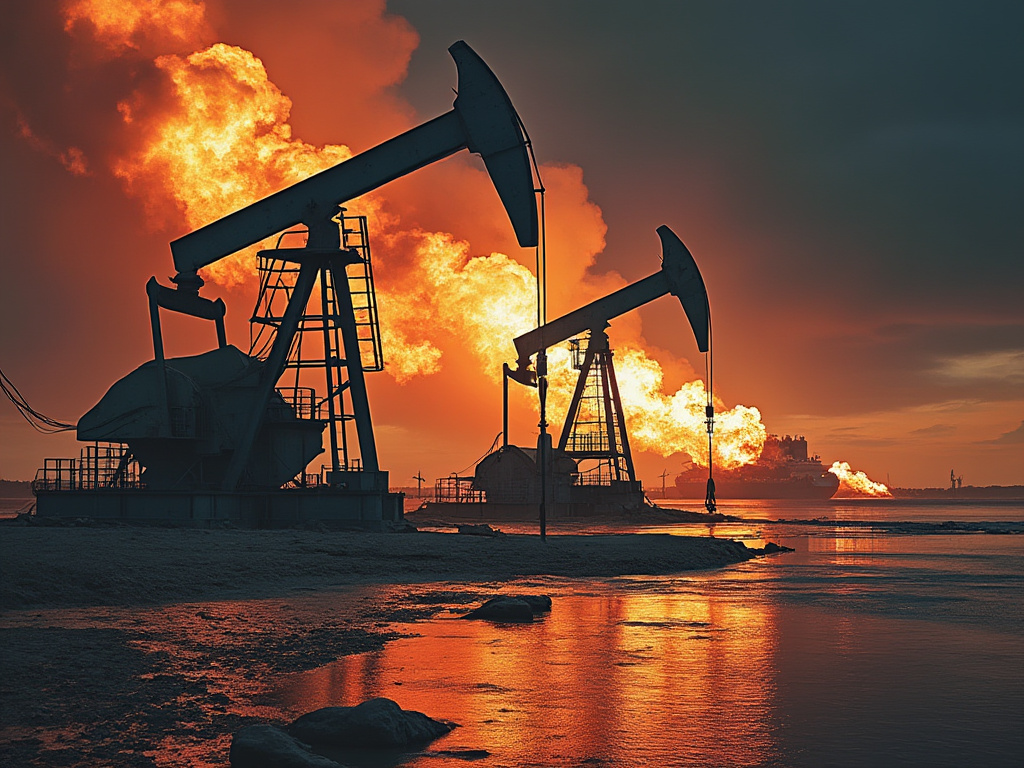Oil prices plunged nearly 8% on Friday, reaching their lowest levels since the pandemic-era slump of 2021, as China escalated its trade war with the United States by imposing sweeping new tariffs. The move has heightened fears of a global economic slowdown, triggering a broad selloff in financial markets and a sharp drop in crude demand expectations.
The latest tariff announcement from Beijing, which includes a 34% levy on all U.S. goods starting April 10, comes in response to President Donald Trump’s aggressive trade policies. Trump had earlier raised tariffs to their highest levels in over a century, prompting retaliatory measures from multiple countries. The resulting uncertainty has sent markets into turmoil, with investors fearing that escalating trade barriers could tip the world economy into recession.
Brent crude tumbled $5.55, or 7.9%, to $64.59 a barrel, while U.S. West Texas Intermediate (WTI) crude sank $5.87, or 8.8%, to $61.04. Both benchmarks hit four-year lows earlier in the session, and are on track for their largest weekly declines in over two years. With the oil market highly sensitive to global economic trends, concerns over falling demand have put further pressure on prices.
The selloff was exacerbated by a decision from the Organization of the Petroleum Exporting Countries and its allies (OPEC+) to accelerate planned production increases. The cartel now aims to return 411,000 barrels per day to the market in May, significantly higher than the previously planned 135,000 barrels per day. Additionally, the Caspian Pipeline Consortium (CPC) secured a court ruling allowing its Black Sea export terminal to continue operations, reducing fears of a supply disruption from Kazakhstan.
Major financial institutions are now bracing for a global economic downturn. JPMorgan has increased its estimated likelihood of a recession by year-end to 60% from 40%, citing heightened risks from trade tensions and falling oil demand. Goldman Sachs responded by cutting its December 2025 price targets for Brent and WTI by $5 each to $66 and $62 per barrel, respectively, while HSBC lowered its 2025 oil demand growth forecast from 1 million barrels per day to 0.9 million.
Despite exempting oil and gas imports from the latest tariff measures, Trump’s policies are expected to fuel inflation and slow global growth, adding further uncertainty to energy markets. With recession fears mounting and OPEC+ ramping up production, analysts warn that the downward trend in oil prices could persist, placing additional strain on the broader economy.
